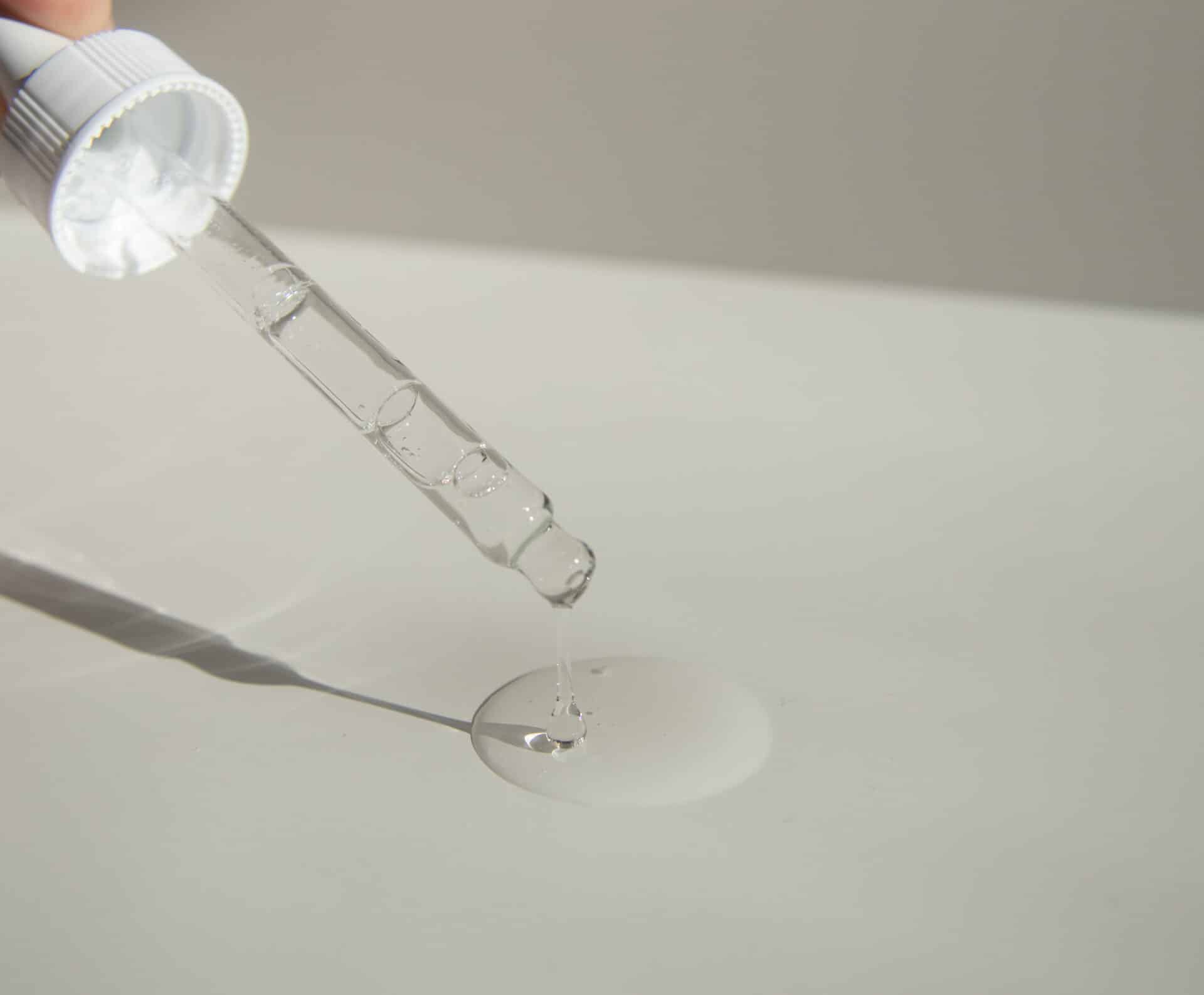Steam distillation is a process for extracting essential oil from plants, such as lavender. It involves boiling the plant material in water, then condensing the vapor that is produced. The condensed liquid contains both water and essential oil, which can then be separated. Steam distillation is an effective way to extract essential oils from plants that are otherwise too delicate to withstand the process of cold expression. With some basic equipment and knowledge of the process, you can easily extract lavender oil at home using steam distillation.Lavender oil is a essential oil extracted from the flowers of the lavender plant. It is known for its many health benefits, including promoting relaxation and reducing anxiety, improving sleep quality, aiding in wound healing, relieving skin irritation and reducing inflammation. It has a calming aroma that can be used in aromatherapy or added to bath water or massage oil. Lavender oil can also be used in homemade beauty products, like lotions or soaps.
Steam Distillation Method
Steam distillation is a method of essential oil extraction that utilizes steam to extract plant compounds from plant material. Steam distillation involves boiling the plant material in water and collecting the resulting steam, which contains the essential oils. The steam is then condensed and collected, leaving behind the plant material. This method of essential oil extraction can be used to extract oils from plants with difficult-to-extract chemical compounds, such as citrus fruits and other plants that contain a high concentration of volatile oils. Steam distillation is considered to be one of the most effective methods for extracting essential oils as it allows for greater control over temperature and pressure, which can result in greater yields of essential oil. Additionally, this method has the added benefit of being able to preserve more delicate aroma molecules than some other extraction methods.
Preparing the Apparatus for Steam Distillation
Steam distillation is a process used to separate and purify organic compounds. It is a common technique used in laboratories for the extraction of essential oils from plants, as well as other chemical compounds that are sensitive to heat. In order to carry out the steam distillation process, an apparatus must be set up with all of the necessary components. This includes a round-bottom flask, condenser, and a condenser adapter.
The round-bottom flask is connected to a distillation head that is fitted with a thermometer adapter. The thermometer is then inserted into the adapter and placed in the flask so that it can measure the temperature of the mixture during distillation. The condenser is then connected to the top of the flask and secured with clamps. A vacuum hose or adapter is used to connect the condenser to a vacuum line, which helps create a partial vacuum within the apparatus.
Once all of these components are in place, it is time to add in any necessary reagents or solvents that will be needed for steam distillation. Depending on what type of compound needs to be extracted, different
Adding Lavender Flowers to the Distillation Apparatus
Distillation is a process used to separate different liquids and solids from one another, and one of the most popular products of this technique is essential oils. Lavender flowers can be distilled into an aromatic oil that has many uses in aromatherapy, cosmetics, and even cooking. To distill lavender flowers, you will need a distillation apparatus that includes a water bath, a condenser coil, and a collection vessel. The water bath provides the heat needed to vaporize the volatile components in the lavender flowers. The condenser coil cools the vapors down so they can be collected in the collection vessel. Adding lavender flowers to the distillation apparatus requires some preparation before beginning your distillation process.
Before adding your lavender flowers to the distillation apparatus, you should prepare them by removing any leaves or stems that may be attached to them. Once you have removed all of these impurities, it is important to grind your lavender flowers into small pieces before adding them to your water bath. This will help increase their surface area so more of their volatile compounds can be vaporized
Collecting the Lavender Oil Vapor
The process of collecting the lavender oil vapor is relatively simple and can be done using a variety of methods. One of the most popular methods is to distill the oil from the plant material. This involves heating the plant material in a distillation vessel and then condensing and separating out the volatile components that contain the essential oils. The condensed vapors are then collected and stored in a container for later use. Another method of collecting lavender oil vapor is to use a steam distillation unit. This involves passing steam through the plant material and then condensing it into liquid form, which can be collected and stored for later use. Finally, another method of collecting lavender oil vapor is to use an extraction process such as supercritical CO2 extraction, which uses pressurized carbon dioxide to extract volatile components from the plant material.
Whichever method is used, it is important to ensure that all safety precautions are taken when handling essential oils, as they are highly flammable and can cause irritation if not handled correctly. It is also important to ensure that only high-quality ingredients are used, as these will yield higher quality

Cooling the Vapor to Condense the Oil
The process of cooling vapor to condense the oil is an important part of oil extraction. It is used to separate oil from other substances and to extract it from its source. This process involves cooling down the vaporized oil, which causes it to condense into a liquid form that can be more easily collected and stored. This process is usually done at a lower temperature than the boiling point of the oil, so that the vaporized oil can be cooled quickly without losing its properties. The condensed liquid is then collected and purified for use in a variety of products.
Cooling the vaporized oil can be done using either a refrigeration system or an air-cooled condenser. Refrigeration systems work by passing cold air over the vaporized oil, which causes it to cool down and condense into a liquid form. Air-cooled condensers use fans to blow cold air over the vaporized oil, causing it to cool down and collect in a container below.
Once cooled, the condensed oil is then ready for further processing or storage. Depending on its intended use, it may be filtered through a
Collecting and Storing the Lavender Oil
Lavender oil is an essential oil extracted from the flowers of the lavender plant. It has many uses, ranging from aromatherapy to topical applications. Collecting lavender oil is a process that requires patience and attention to detail.
The first step in collecting lavender oil is harvesting the flowers. This is best done when the flowers are in full bloom, usually between late June and early August. The flowers should be harvested by hand so that they remain intact and free of any contaminants or debris. Once the flowers have been harvested, they should be dried in a well-ventilated area until they are completely dry.
Once the flowers have been dried, they can be steeped in a carrier oil, such as olive or almond oil, for several days to extract the essential oils from them. After this process has been completed, the lavender oil can be strained out of the carrier oil using a cheesecloth or other straining device. The resulting liquid should then be stored in dark glass bottles with tight-fitting lids to preserve its freshness and potency.
Safety Considerations When Extracting Lavender Oil
When extracting lavender oil, it is important to take certain safety precautions. Lavender oil is a volatile substance and can be hazardous if not handled properly. It is important to wear protective clothing such as goggles, gloves, and a face mask when handling the oil. It is also important to ensure that the area in which the extraction is taking place is well ventilated and free of any open flames or other sources of ignition. Additionally, it is important to use only food-grade equipment when extracting lavender oil, as other materials may cause contamination. Finally, it is important to store the extracted oil in a sealed container away from direct sunlight or heat sources.
It is also important to take precautions when using lavender essential oil. The skin may be sensitive to some of the components found in essential oils, so it is best to use a carrier oil such as almond or jojoba when applying lavender essential oil topically. Additionally, it should be diluted before use and used sparingly – no more than 5 drops per 1 ounce of carrier oil should be used for topical applications. In addition, it should never

Conclusion
Extracting lavender oil by steam distillation is a relatively easy process. The most important aspect is to ensure that the necessary equipment is available, and that the process is carefully monitored to ensure maximum oil yield. The temperature and pressure of the steam must be carefully controlled to avoid any damage to the volatile components of the lavender oil, as well as any contamination of the end product. Furthermore, it is important to take into consideration any safety measures that are required during the extraction process.
Overall, extracting lavender oil by steam distillation is a relatively simple task that can produce great yields in a short period of time. With this knowledge, anyone with access to the right equipment can easily produce their own high-quality lavender oil for personal use or sale.

